tags: Seattle Washington, Biology Department Greenhouse, University of Washington, flowers
I ran into another Seattle pal on my way back from the Montlake Fill to the Zoology department (now subsumed into Biology), where I earned my PhD. As a result, we spent half an hour talking, so I was late, so the office was locked up (as was my laptop). But the day was gorgeous, the weather perfect, so I took the opportunity to do more photography.
Outside the main entrance to the University of Washington's greenhouse are hundreds of tropical vines that are members of the passionfruit family. I had to lay down on the sidewalk to get this particular image of Passiflora laurifolia (featured, top) because the flowers dangle from the plant, which climbs on anything solid.
Here's a side view of the same flower (below), which is commonly known as the Yellow Water Lemon for its yellow fruits;
This bright blossom is a pumpkin flower (below). There are many dozens of pumpkin vines growing alongside the Burke-Gilman bicycle trail next to the greenhouse. These plants had a lot of cute, wee pumpkins mixed in with their many blossoms;
I was really impressed with all the curling tendrils on this plant (below), and I tried to capture this quality. I am somewhat disappointed since there were several other images with more curled tendrils in them, but those pictures did not look as good as this one.
The above plant is Passiflora mucronata, another tropical vine that is related to passionfruit.
When you enter the UW greenhouse, it looks like most typical greenhouses if you don't look carefully, and besides, I freely admit that I never tire of greenhouses.
One of the many things I love about this greenhouse is that I adopted may rare plants by browsing through their "garbage", which consisted mainly of plant trimmings, when I was a student. Unfortunately, leaving Seattle for a "real job" meant I had to find homes for hundreds of rare and beautiful Bromeliads, orchids, ferns, Alocasia and Birds of Paradise plants, because I could not move them all with me (nor could I house them all once I arrived). It was heart-rending.
The Biology department's greenhouse is, above all, a classroom and a laboratory, although there are a few people in the greenhouse who like to express themselves artistically, too;
To the right of this chalkboard, you can see a large Bird of Paradise plant. I have admired this particular specimen for more than a decade.
Just inside the greenhouse entrace was a table covered with a variety of seedpods, for an introductory botany class, no doubt. Of course, these structures are so photogenic that I had to take a few dozen images. This is a lotus seedpod;
Plants have such an amazing variety of ways to package, protect and relocate their seeds -- nearly all of which are very asthetically appealing.
And, like all greenhouses, there were thousands of flowers to photograph. Even though we all know the identity of this dramatic flower, I couldn't resist photographing it anyway. Further, I think you all would have been right to threaten to take my camera away from me if I ever pass up the opportunity to photograph this stunning species;
The greenhouse manager shared this stunning basketball-sized flower with me, knowing that I have a deep passion for all life forms that originate in New Guinea and the nearby islands of the south Pacific Ocean;
To answer your question, yes, the above flower smelled (revoltingly) like a rotting corpse, and yes, it was covered with an assortment of flies that were preoccupied by an orgy.
I've seen this fuzzy flower (below) dozens of times and have always been impressed with its delicate beauty, so why can't I remember its name?
Mystery flower 2,
UW Biology Department Greenhouse.
This large flower (below) did not produce a noticeable scent, but it sure is .. erm, phallic, don't you think?
Mystery flower 3,
UW Biology Department Greenhouse.
Tomorrow evening, I will share part two of the Biology Department's greenhouse with you, and I guarantee that you will be very surprised at what I saw there!
- Log in to post comments

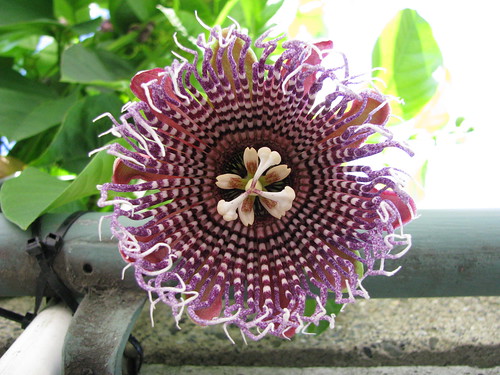
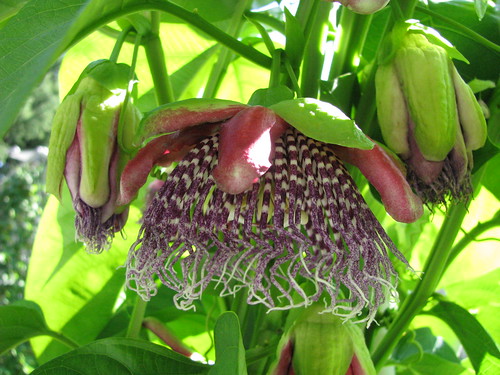
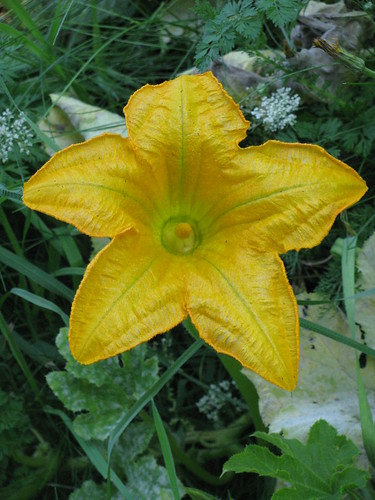
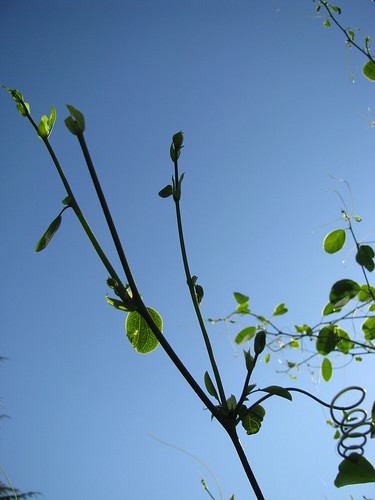
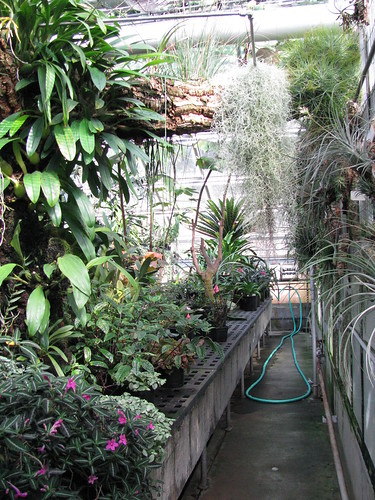
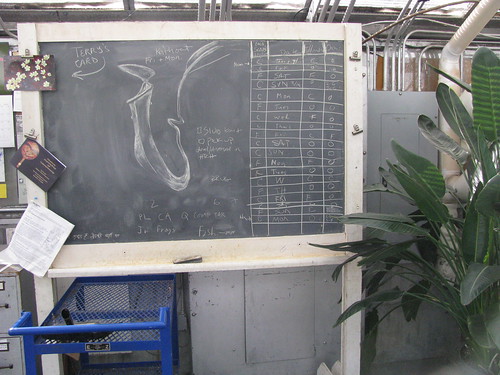
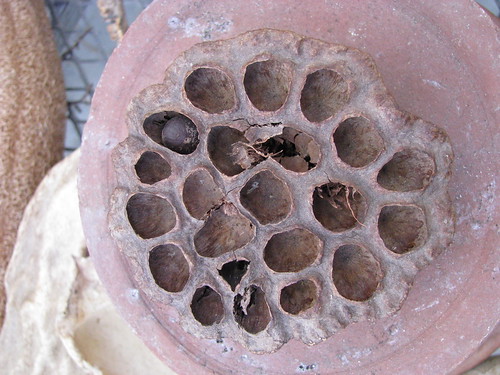
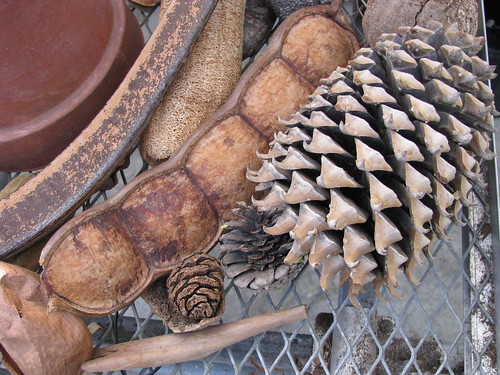
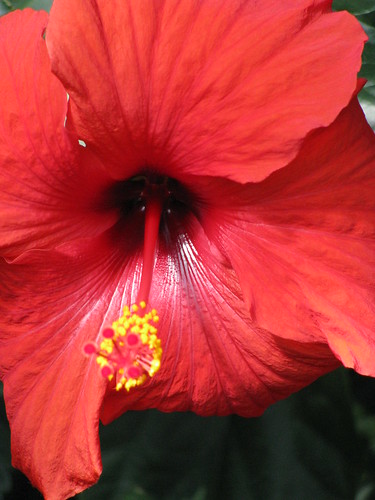

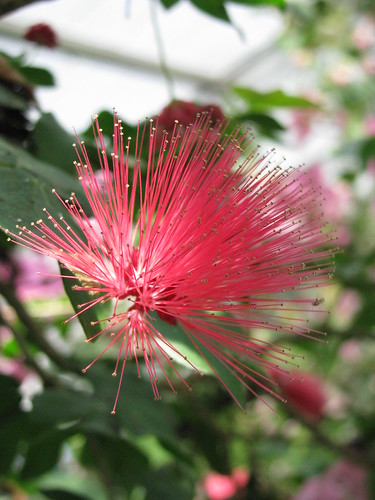
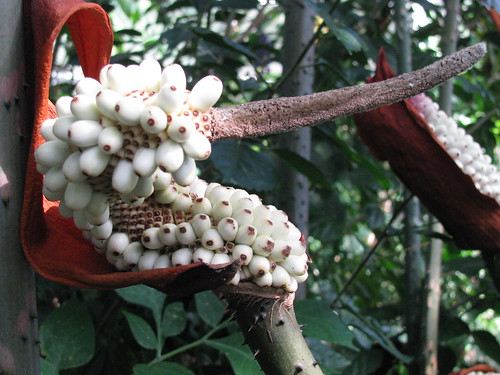
The passiflora bloom photo is amazing and immediately reminded me of its kin here in the South, passiflora incarnata that has a similar, but less showy bloom. As a kid we would open the fruit and eat the seeds. Most of all, they made great ammo for maypop battles.
I really enjoy your photo essays.
Thanks for sharing your photo essay. This was such a wonderful post! Now I want to go to the greenhouse myself.
I should have written: As kids we would open the fruit and eat the seeds. Please excuse my grammar.
Your first mystery flower looks like an Aristolochia to me.
I agree re Aristolochia. People in my neighborhood grow a profusion of A. gigantea, which in turn has led to a proliferation of Polydamous Swallowtails, which use it as a host plant (the Pipevine Swallowtails are not as enthusiastic about this exotic as a host).